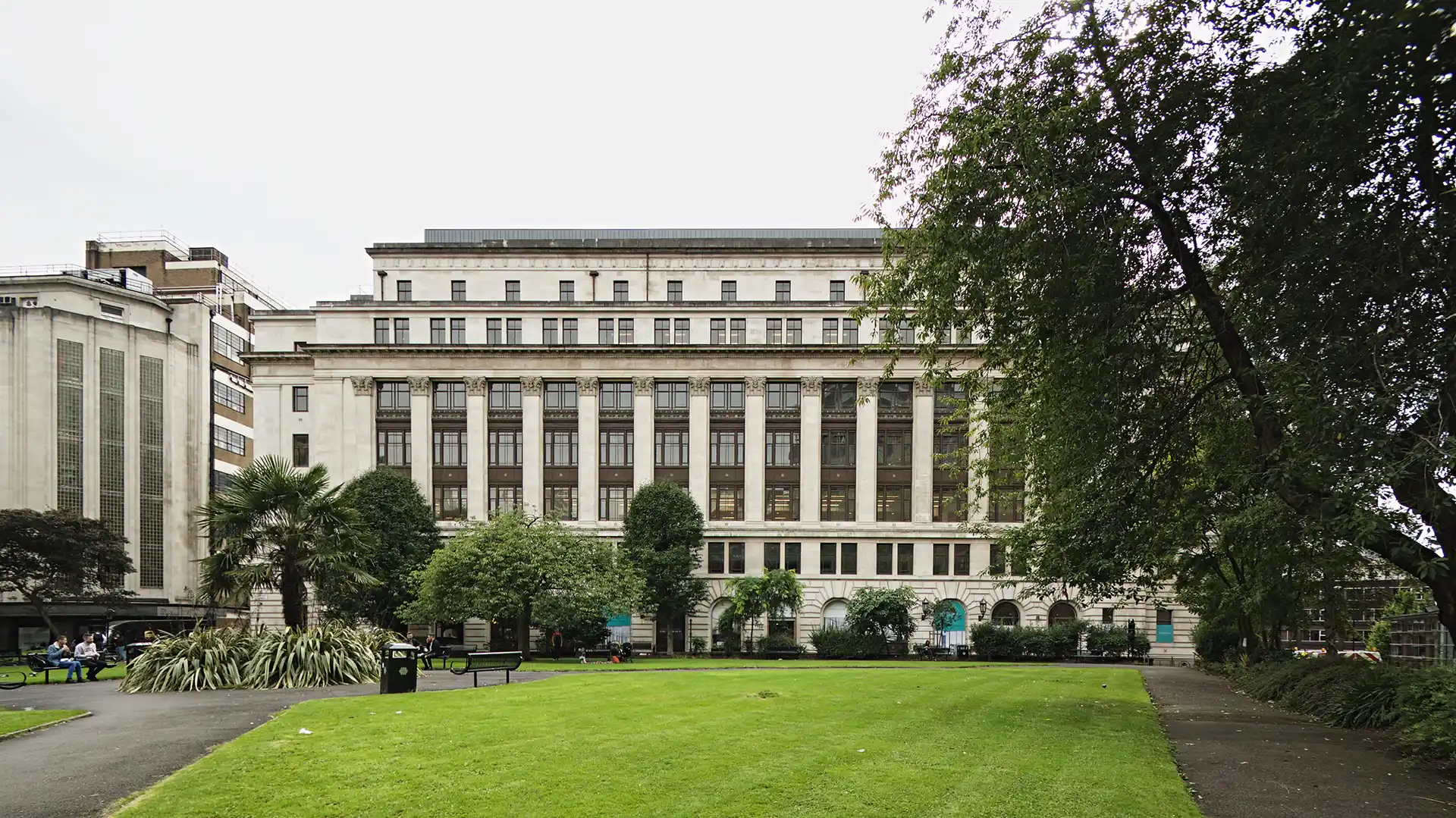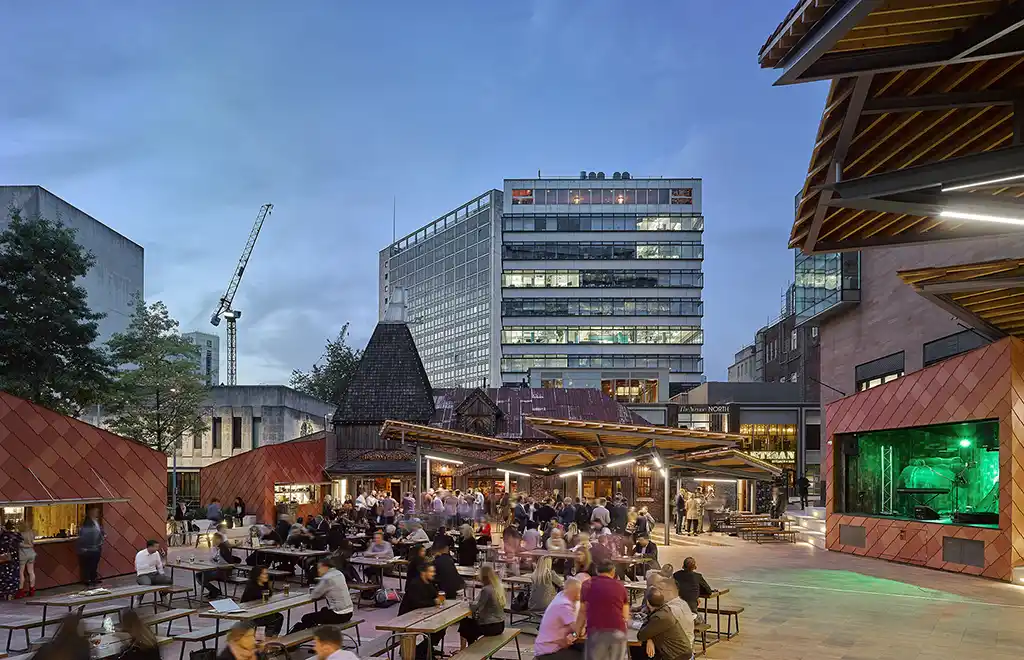
Arkwright House
Electrical Engineer Gabriela takes a look at the updated SLL Lighting Handbook and its renewed focus on wellbeing through lighting design.
The SSL Lighting Handbook
The new edition of the SLL Lighting Handbook was published at the end of last year, so I have been using it for several months now. The handbook complements the SLL Code of Lighting and supplies more information for every level of knowledge and understanding.
This new guide emphasises more human-centric design which puts users’ needs, desires and abilities at the centre of the development process. This emphasis is laid out in the introduction: ”All artificial lighting is installed because of the needs of people. Whether those needs relate to work, rest or play, people must be at the heart of lighting design.”.
This is a welcome change as recently I’ve noticed some people forgetting the definition of lighting and purpose of lighting design. I am happy to see that the new guide focuses not only on how to effectively light a space, but how lighting affects human wellbeing.
Human-Centric Design
The first step in lighting design is to identify the use of each area, relevant standards and legal documentation. Lighting design is not just about light fittings and looking nice, it’s about creating a safe environment which facilitates any given task.
Working in a range of sectors it has become clear to me that each area needs to be carefully considered based on the occupants and their specific activities. Sensory or physical disabilities, including the needs of the elderly, must be taken into consideration. The handbook highlights that every activity and every person is different; so whilst its guides are a solid starting point, there are many environments which will require a more creative and custom approach.
For example, the recommended lighting level in a recreation area is 300 lux, but the actual level of illumination required will depend on the occupants and their anticipated levels of activity. You would have a different configuration in student accommodation compared with say, a care home.
In order to create solutions which fit people’s lives, we must understand their needs and perceptions of each environment, including managing the transition between areas with different levels of lighting. Daylight is of course an important factor to consider, including taking care of our eyes through glare control. The refurbishment of Arkwright House in Manchester (pictured above) is an excellent example of lighting design which utilises daylight at its core.
Circadian Lighting
Where daylight is not available, lighting designs can compensate for this in a range of ways. Thanks to recent scientific advancements we know that the brain relies on external signals from the day / night cycle to regulate our biological clock. For those who spend the majority of their time indoors, circadian lighting systems can improve productivity by mimicking the change in natural light throughout the day. A dynamic LED lighting system can produce artificial “sunsets” and “sunrises” through a gradual change in colour and intensity, with cool light throughout the day and warmer tones near dawn and twilight.
Form Meets Function
Whilst lighting design should primarily be functional, its potential for shaping user experience should not be underestimated.
Re-designing the outdoor space around The Oast House pub in Manchester, innovative external lighting helped create “the best beer garden in the world”, whilst also being highly functional.

The lighting it integrated into two key areas: the concrete steps which encircle the pub and the overhead canopies which provide shelter from the elements.
Luminaires within the canopy provide functional lighting to the seating areas. Coupled with the external heaters, this allows the space to be used into the early hours all year round. Robust linear fixtures blend into the lines of the canopy and highlight the lines of the feature steelwork structure, whilst the highly efficient LED lighting is an incredibly tough solution, perfectly suited to the environment.
Accent lighting around the perimeter steps bring a further dimension to the space. Again, high efficiency LED lighting is used to subtly makes the entire space feel lighter, drawing the eye away from darker areas which the canopy lighting cannot reach. Completely concealed within the concrete steps, the luminaries are protected from the heavy traffic and the vigorous cleaning routines operated by the Oast House.
Good lighting design should be as individual as the people who use it. Creativity is important, as is utilising the latest innovations and scientific evidence to continuously improve our designs. As an electrical engineer the SLL handbook is invaluable to me, and I continue to get a lot of use out of the new edition.
